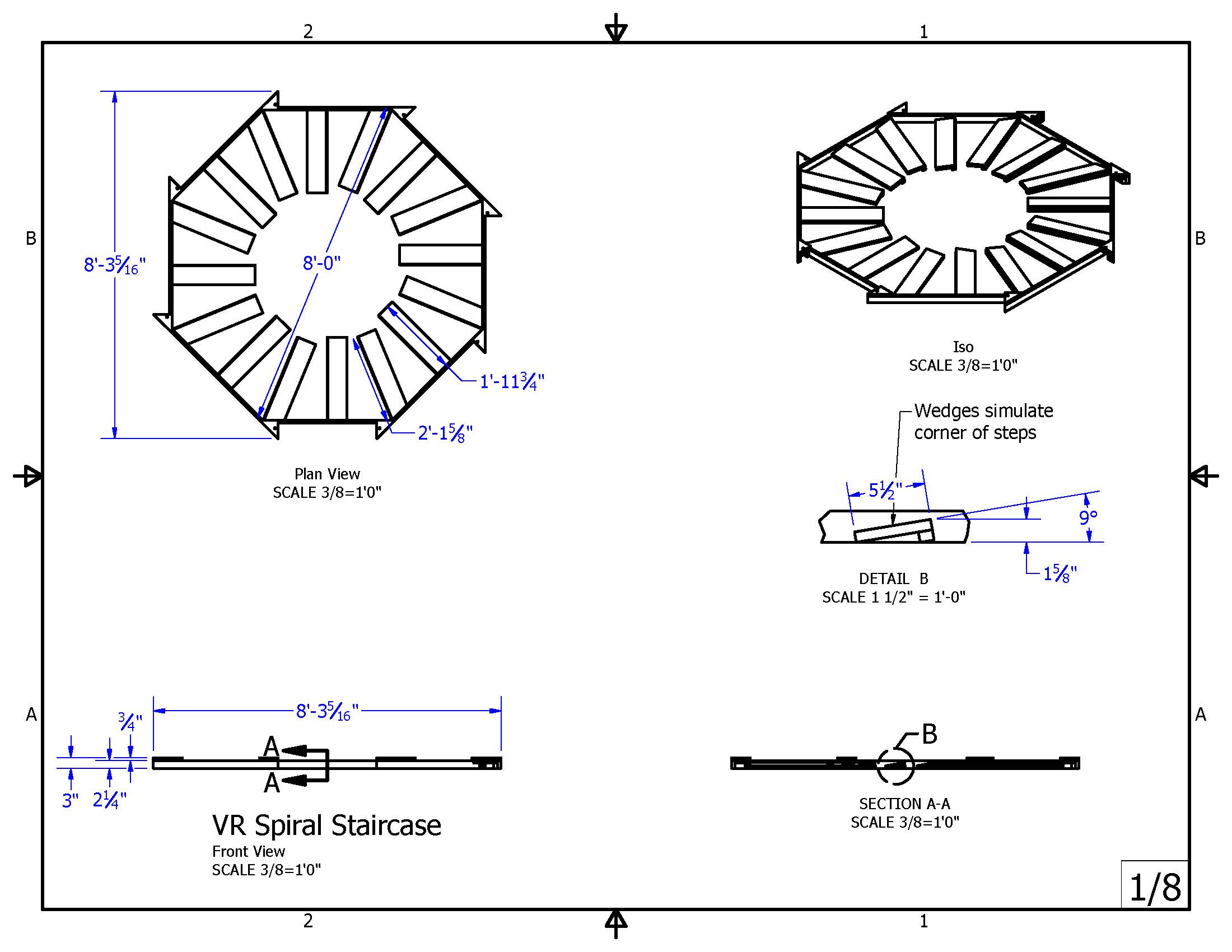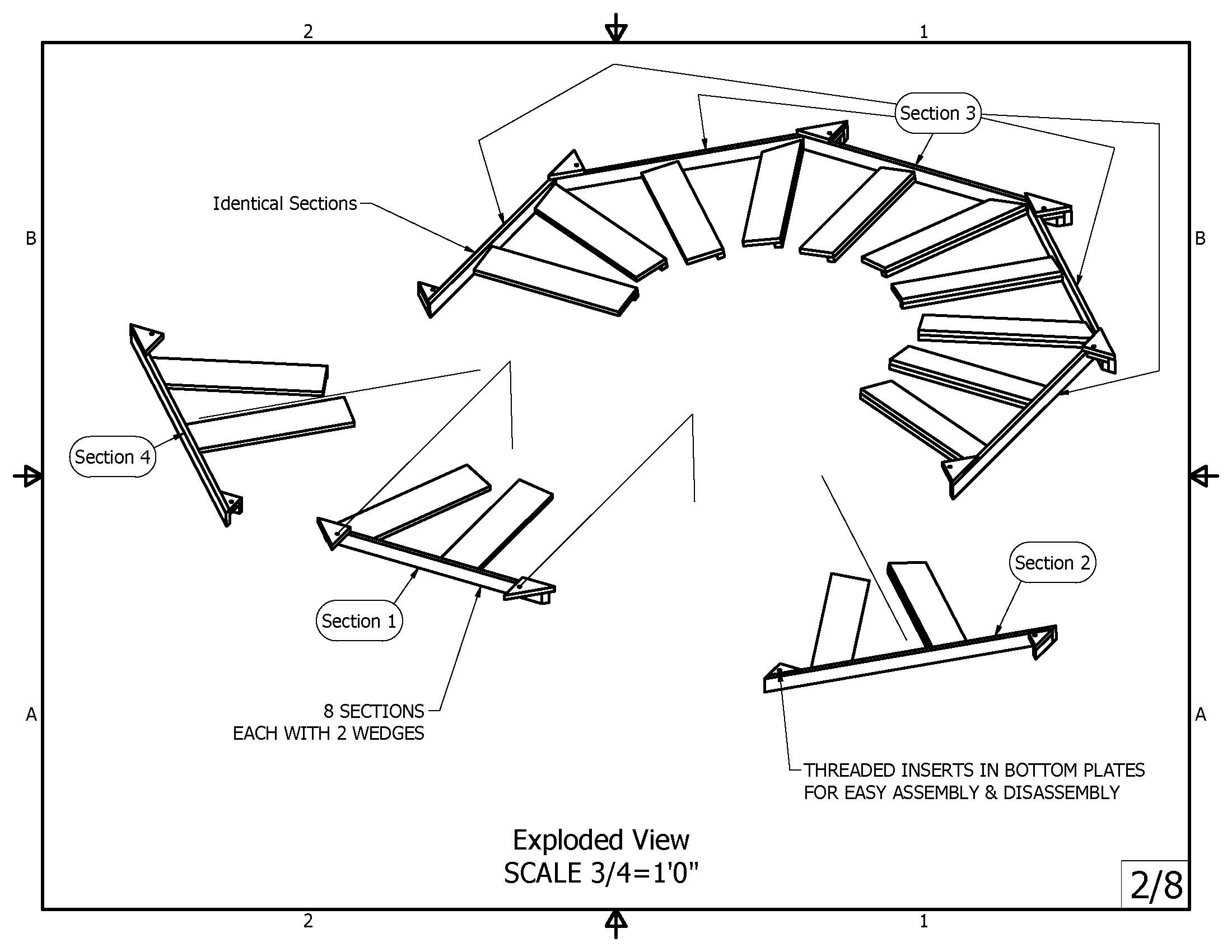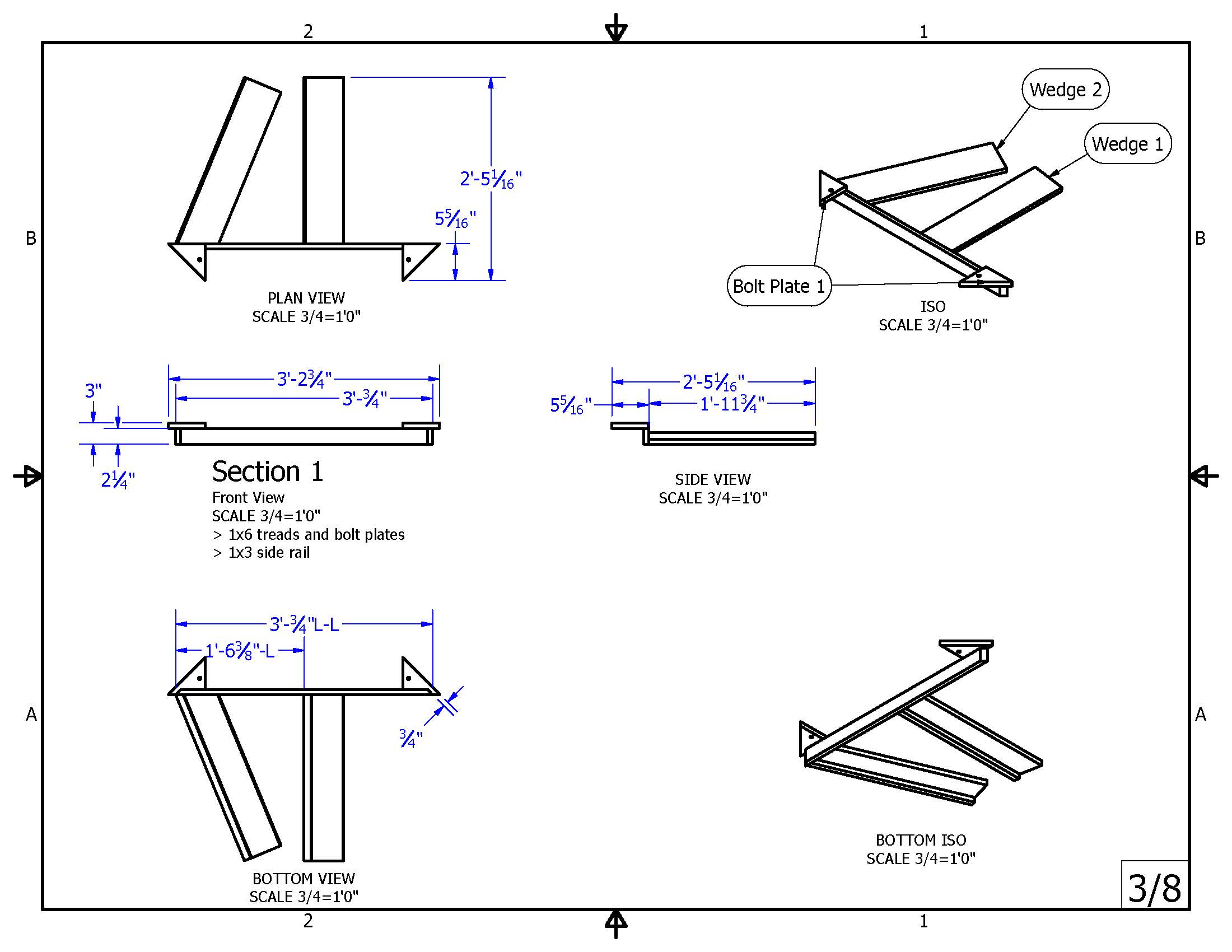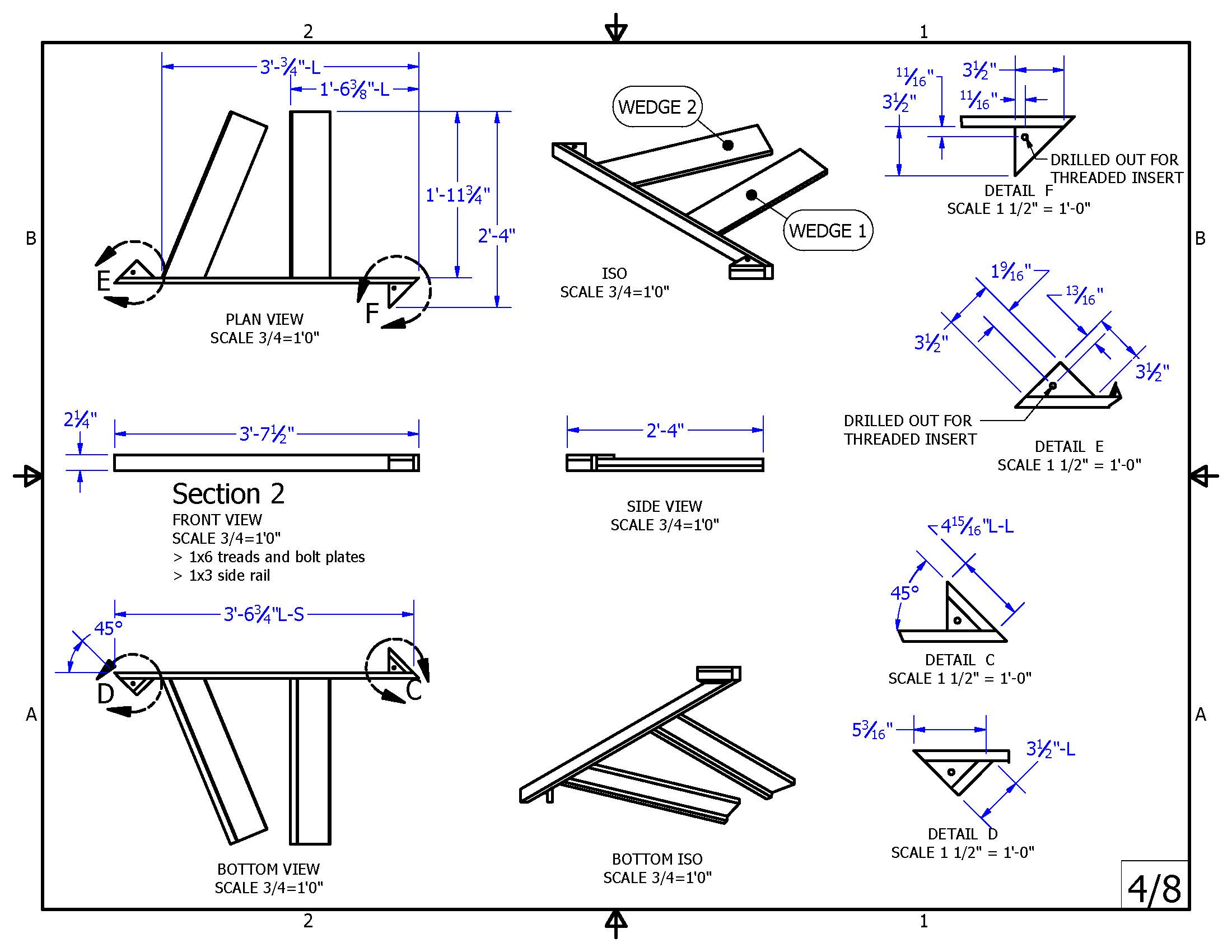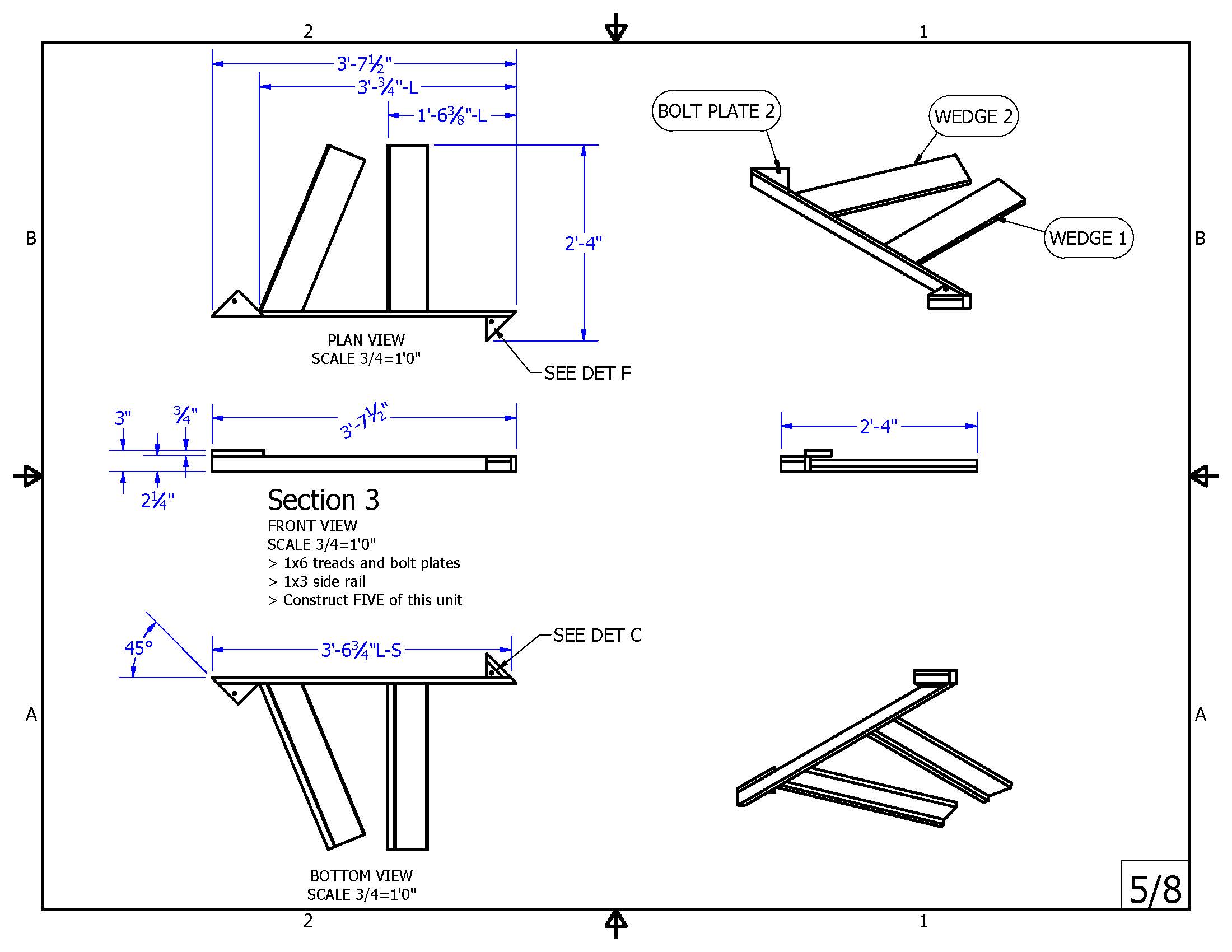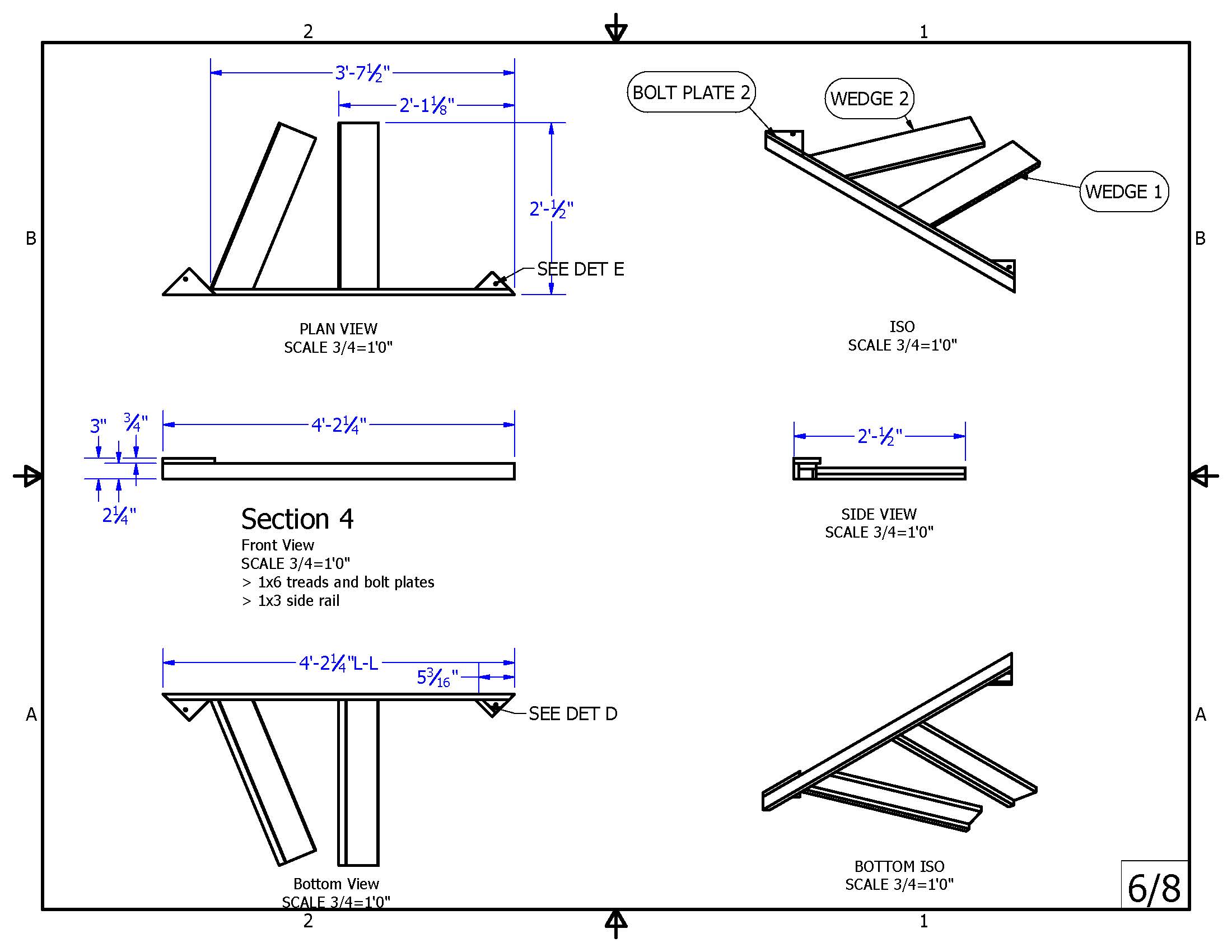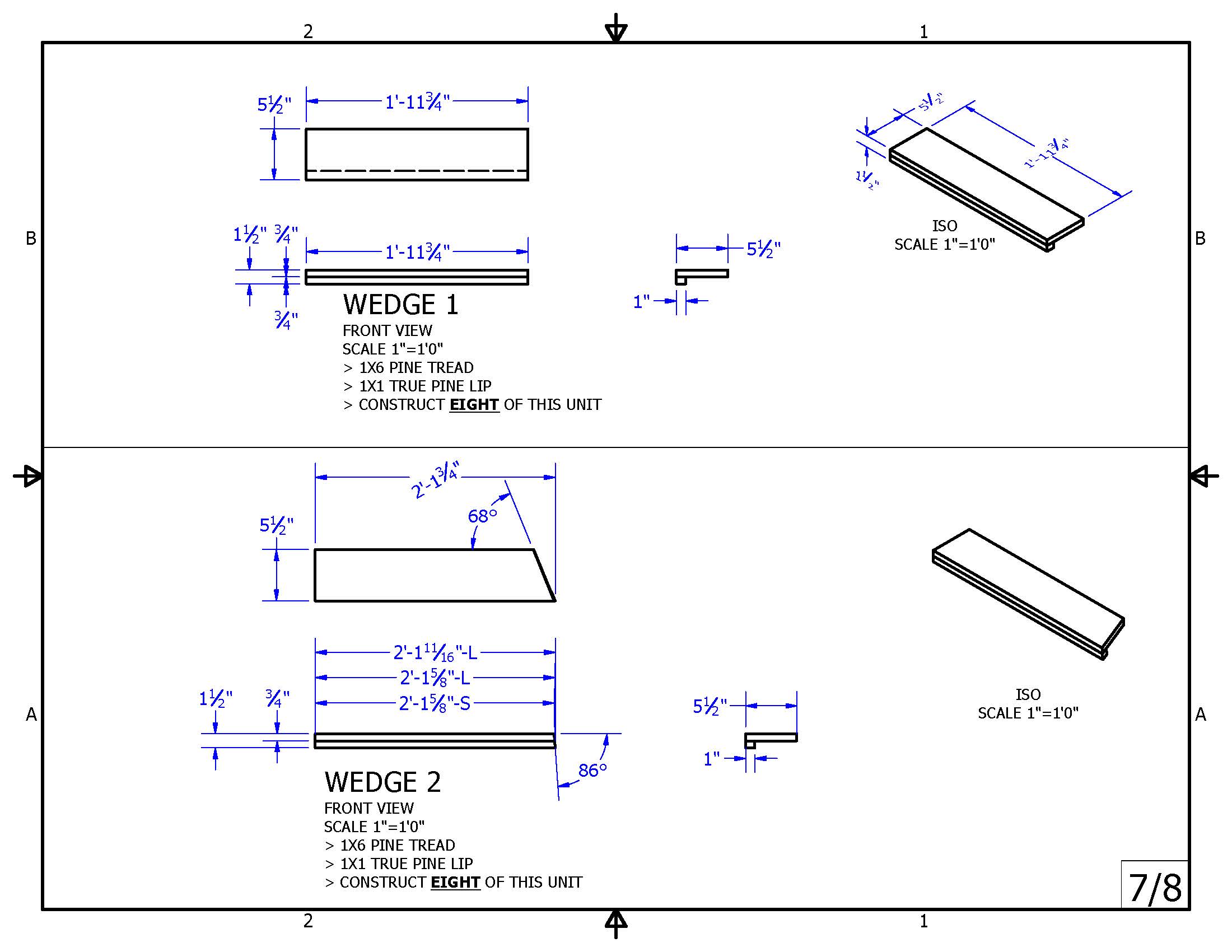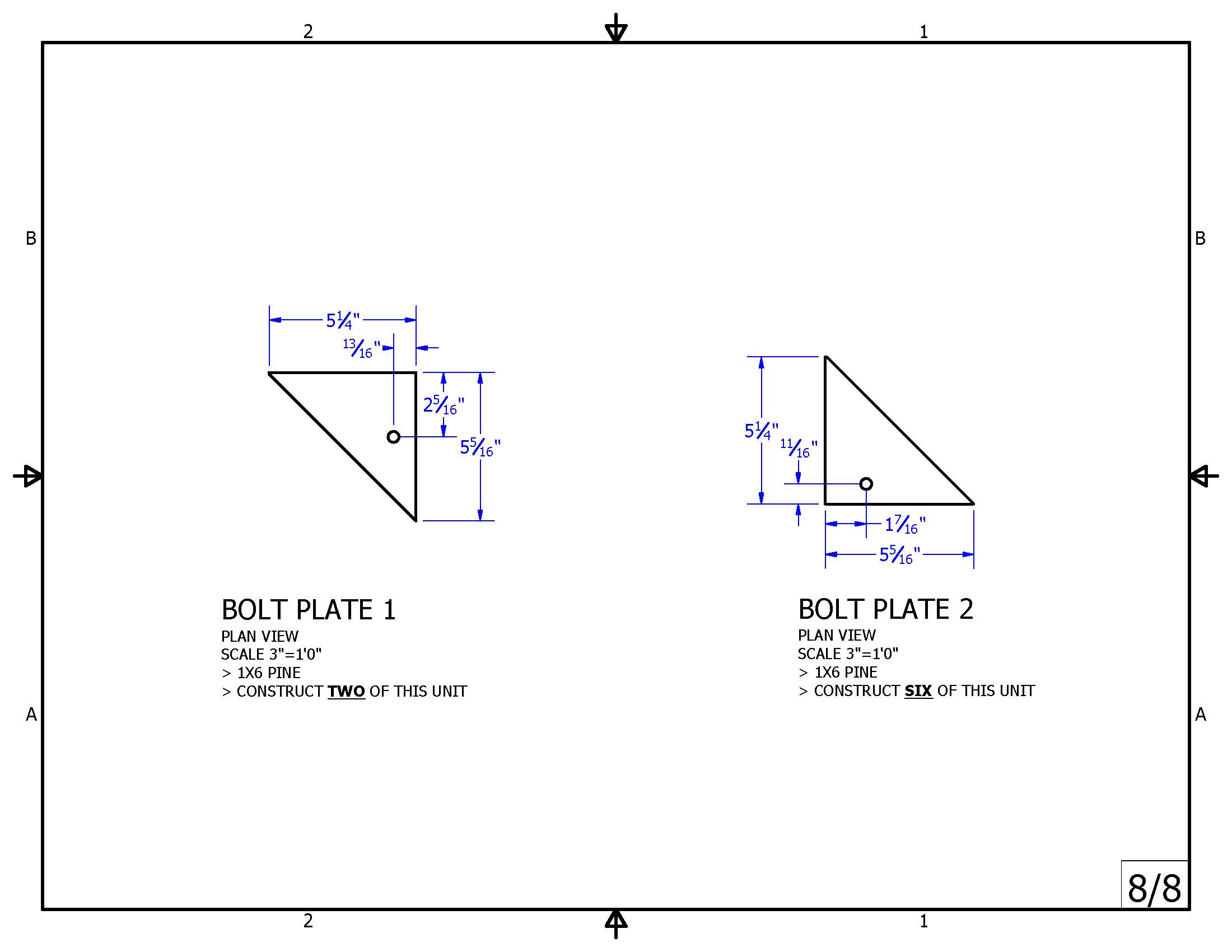The Lighthouse
Overview
OVERVIEW: The Lighthouse was designed for HTC Vive in a surround-sound setting. It uses trackers on the guest’s feet and a wooden prop to simulate a staircase within a lighthouse.
ROLE: Game Designer, Artist, Producer
TEAM: 5 Members- 2 artist, 2 programmers, 1 sound designer
DURATION: 3 Weeks
PLATFORM: HTC VIVE + 2 Trackers
CLIENT: Building Virtual Worlds class at CMU's ETC
TOOLS: Unity, Maya, Photoshop, Woodshop
Contributions
As game designer, I devised the gameplay mechanics, and world concept. I also assisted the programmers with playtesting and balancing.
As artist, I modeled environmental assets and props in Maya, textured in substance painter, and added lighting and fire particles in Unity. I also designed and constructed the ring of wooden wedges that simulate the spiral staircase.
As producer for the experience, I planned meetings and kept tabs on the team to meet our deadline.
Design
The assigned theme this round was to develop an experience that would be showcased at the annual ETC Festival. The team had been assigned a special ambisonic sound room outfitted with an HTC Vive play space. After a couple days of brainstorming, the team came up with a list of goals that we would like to accomplish in our experience:
Take full advantage of the ambisonic sound system to increase immersion
Explore new methods of traversal in a virtual reality space
Level Design Sketch
With these two goals in mind, we toyed around with the idea of jetpack mobility or a spiral staircase. The idea of simulating physical steps emerged and we all immediately latched on to the idea of applying it to a lighthouse. We then begun fleshing out the design by first focusing on the environment:
Environment Type: Lighthouse Interior
Time of Day: Night (Low exposure), Stormy, Crashing Waves
Location in story: Cape Cod, Lighthouse
Character Abilities: Walk via 2 foot trackers, Lantern for extra lighting
Inspired by a research done by a team at the University of Tokyo, we began by quickly building some wooden steps out of scrap wood in the ETC’s wood shop. In a couple of days, we were climbing up stairs with block feet, where guests would feel the edge of planks to help add to the illusion of a step underfoot. From initial play tests, we knew we had to stabilize the stairs. Every time the step rolled under their foot, playtesters would feel a break in immersion.
In addition to the mobility problems, the team worried that maybe climbing a lighthouse staircase would feel too mundane, so conceived a story of the Nordic goddess Sol. Sol would be trapped at the bottom of a cell by her brother, Nox. As she climbed up, her power would return to her, and she would return light to her world. We next modeled a set of stairs and a pair of feet, and were off to show the world at interim.
Instructors Dave Culyba and Jesse Schell were intrigued by the novelty of the idea of stairs in VR, but were worried that the story we had fashioned was too complex. The biggest critique from Dave playing the world was to stabilize the stairs, something we knew we had to focus on. Dave and Jesse asked if we wanted to be known simply as “the stairs world” or as something more. Prompted with this question, the team realized that we should just go with our gut, and take a few steps back to the initial lighthouse setting.
After interim, I designed and constructed a ring of wooden wedges that would not roll when stepped on. I used Autodesk Inventor to model the stairs and several years of carpentry experience to make this set piece. The ring was required to break down and be stored in between our sessions in the sound room. To achieve this, I split the ring into eight modular sections held together with bolts at their intersecting vertices. The design plan can be found above.
To raise the stakes of our experience, we needed a good reason for an attendant to climb his lighthouse stairs. For this, we added a supporting character in the form of a distressed boat captain. He would call for help after the storm cuts the power of the lighthouse.
Additionally, a raging storm required intimidating waves. For this effect we used an asset named Crest for Unity, but it dropped the frame-rate down from 90 to an unusable 20 frames per second. This was unacceptable, so we had to compromise by cutting the waves. There was no way we would have a successful world if it rendered at that slow of a frame-rate, so we, unfortunately, cut the crashing storm waves.
With the story now communicating a clear goal to the guest, we spent the rest of our development time focused on calibrating the feet so they never broke through the stairs. We were struggling to find ways to keep play testers from only looking at their feet, so we decided to implement another event that occurred on the stairs themselves. One rotation after a stair falls out, rats run down the stairs in an effort to create some tension in the guest. We added tactility to this event by using a feather duster to brush the guest’s feet.
Festival
After presenting to a jury of ETC faculty, The Lighthouse was selected to be featured in the annual ETC Festival. The team behind The Lighthouse was awarded the First Penguin Award. This annual award is given to the team that took the biggest risk on a project in Building Virtual Worlds course. The Lighthouse, however, is a special case. Until this point the First Penguin Award has been given to projects that have crashed in their ambition. The Lighthouse marks the first time a Penguin project has also featured in the ETC festival, and, not only that, it was an extremely popular attraction.



